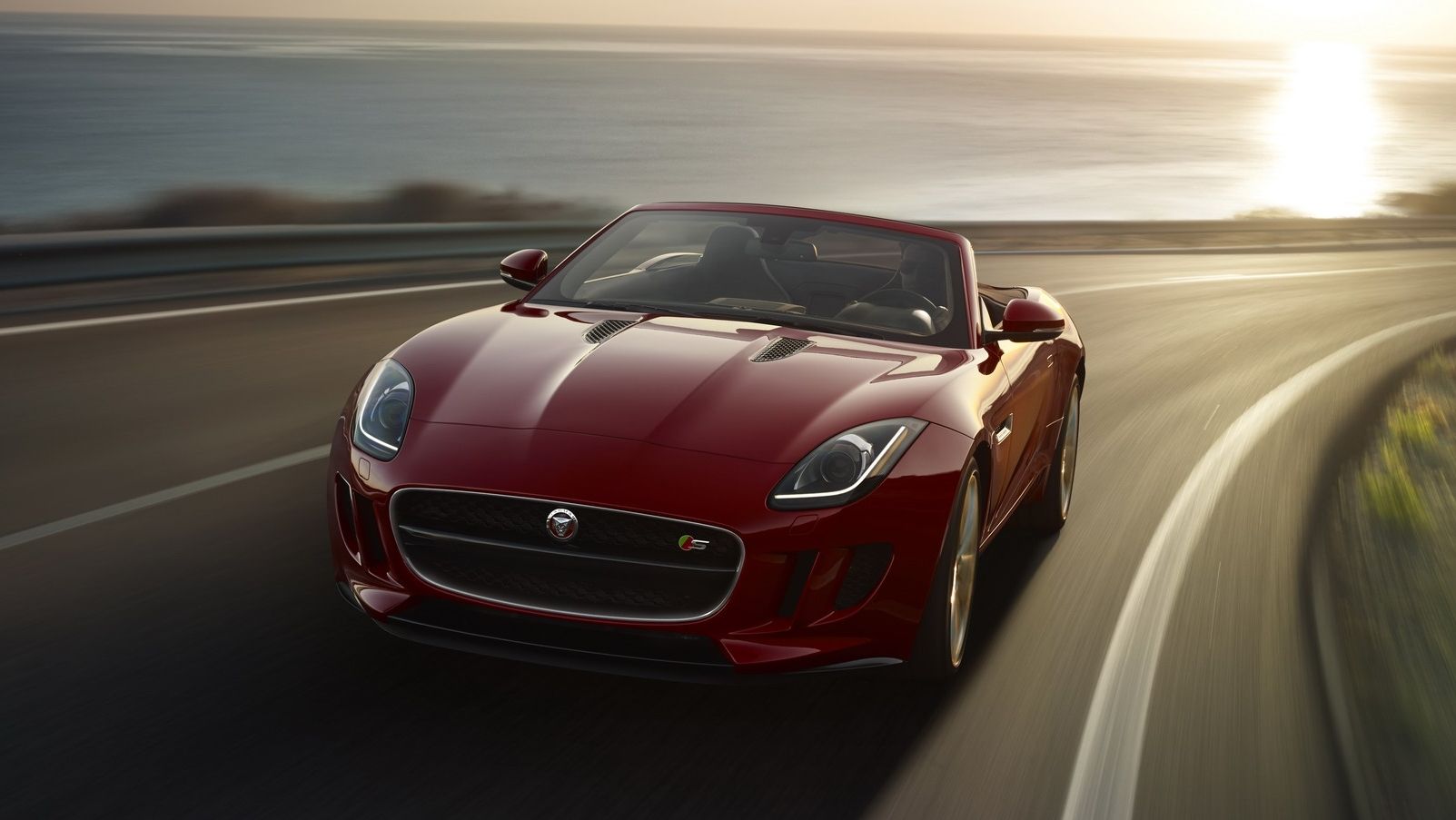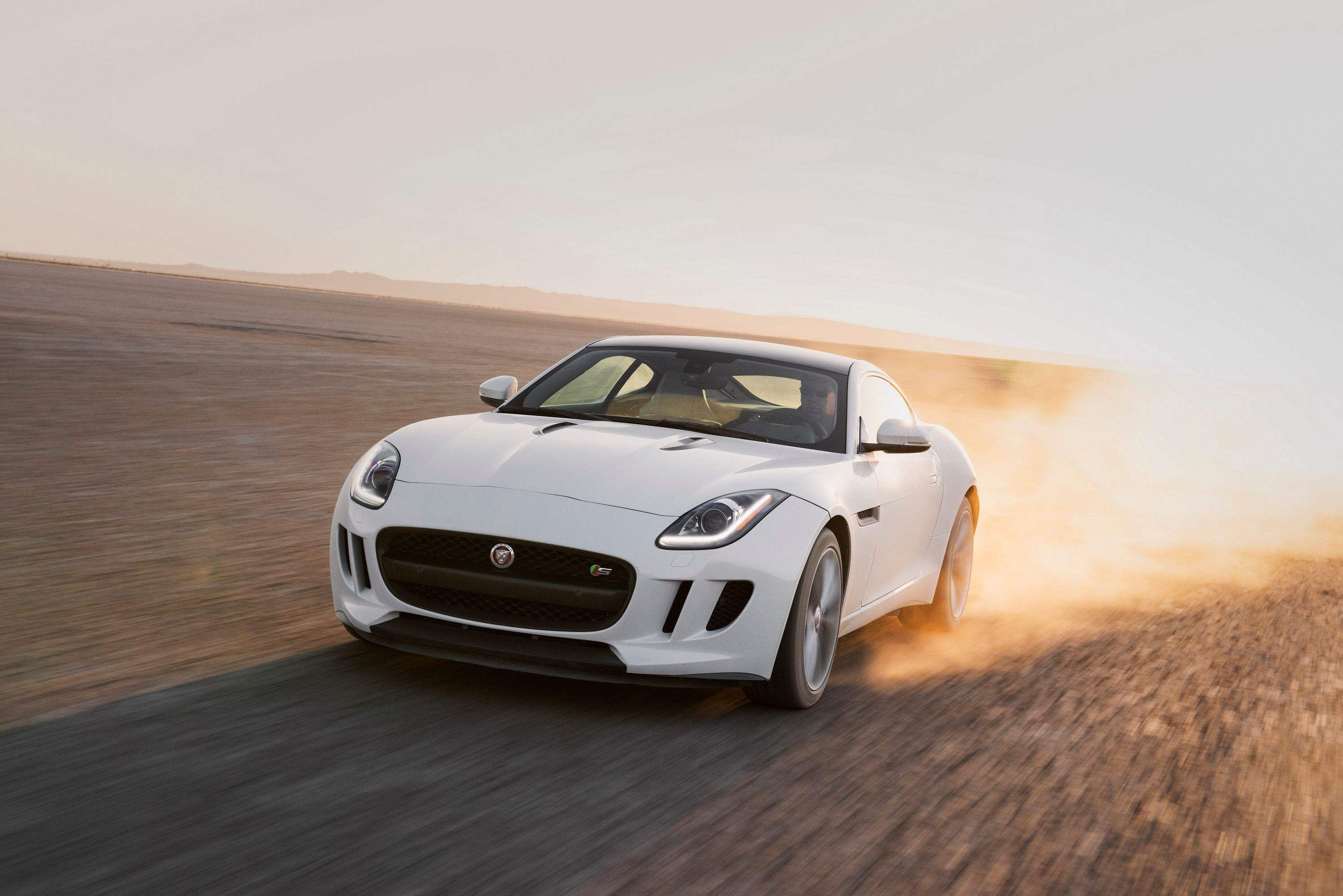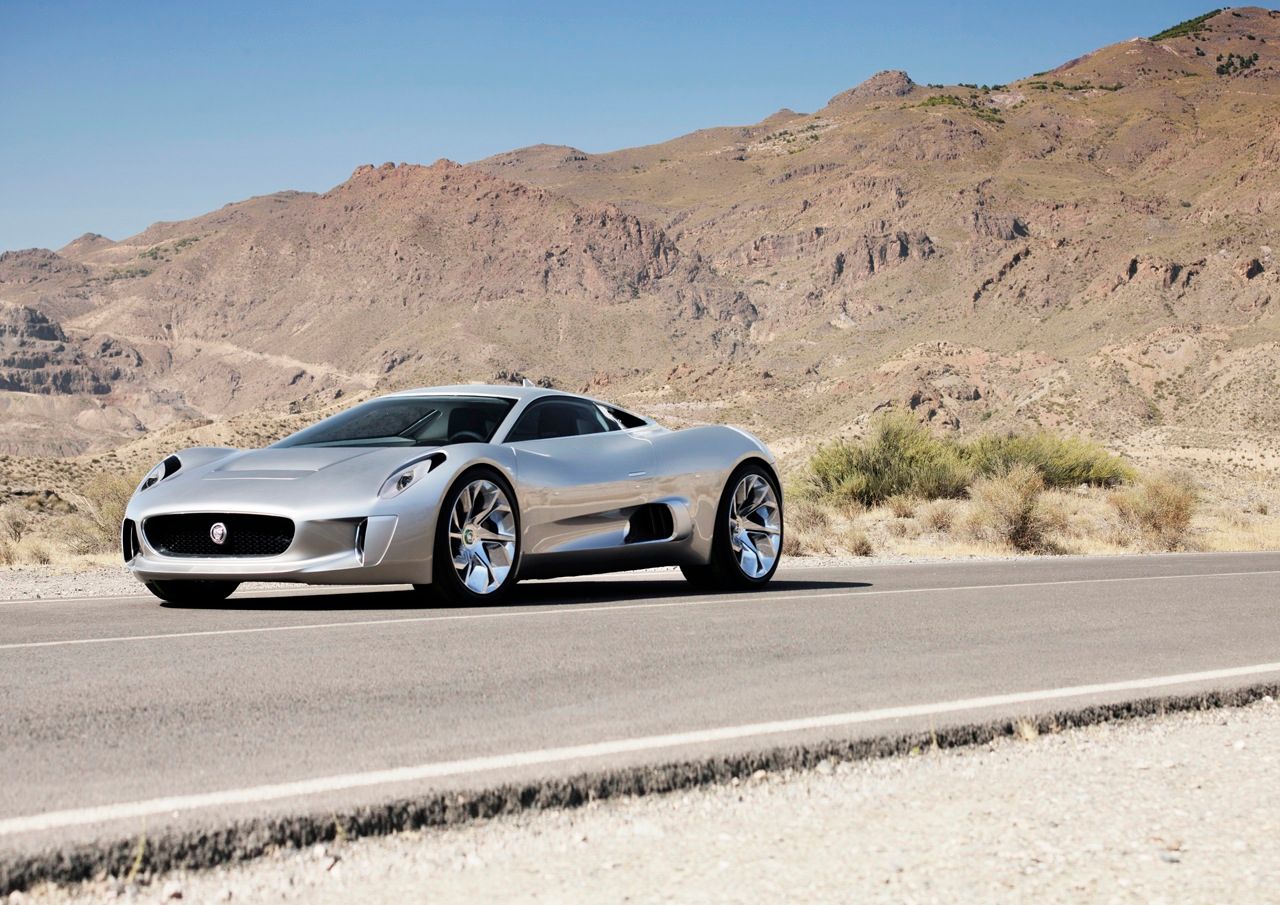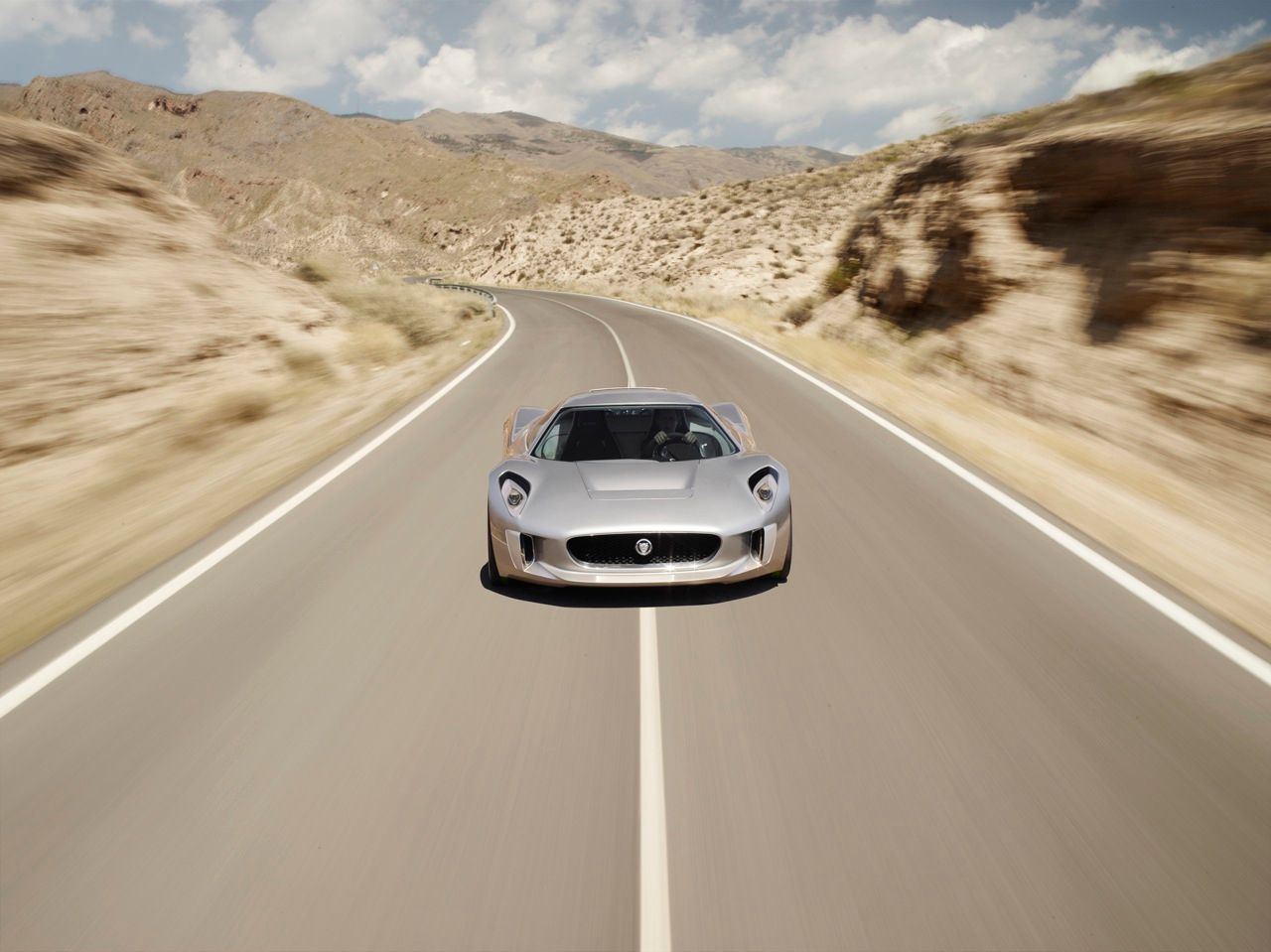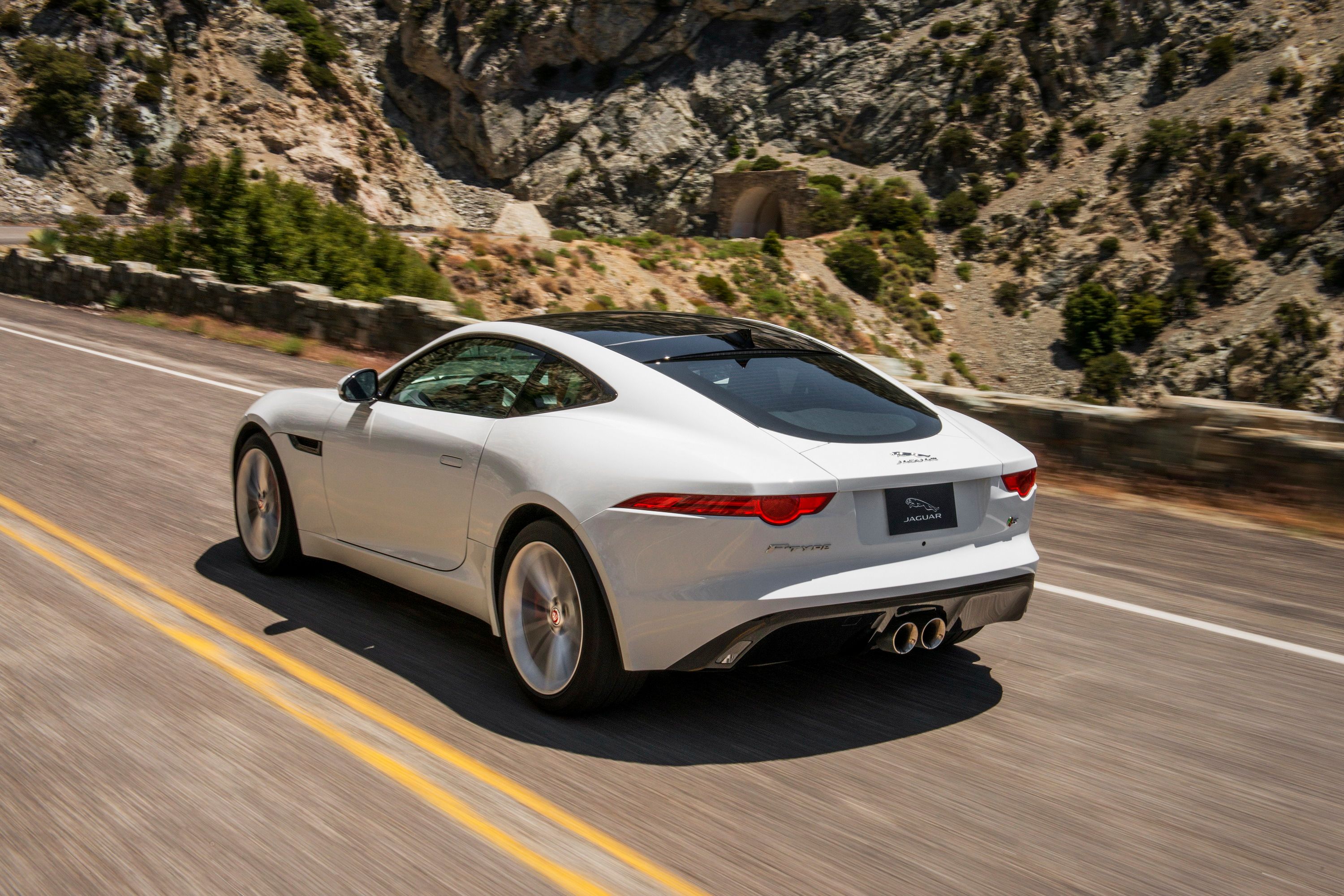A nine-year-old concept from Jaguar’s past could turn out to be the key that unlocks the automaker’s plans for the next-generation F-Type sports car. It’s not uncommon for car companies to dig up past concepts and use them as inspiration for a future model they are planning, but this one has a different feel to it, in part because of the aura surrounding the concept in question.
The Jaguar C-X75 concept remains one of the biggest what-ifs in the sports car world. It was launched in 2010 to great fanfare, and while the hype surrounding the concept never materialized, we could be looking at a better-late-than-never case now that Jaguar’s designers and engineers are looking at the C-X75 as a possible inspiration for the next-generation F-Type. The incumbent sports car still has a few years left in the market, but with preparations for the next-generation model set to begin soon, there’s a possibility that our hopes of seeing the C-X75 come to life will finally happen, even if it’s not in the form we initially expected.
The current-generation Jaguar F-Type has been around since 2013, and it will likely remain in the market until 2021 or 2022. Whenever Jag decides to retire the F-Type, no one can argue that the roadster didn’t have an impact on reshaping the Big Cat’s identity. The current-generation F-Type is probably one of the most influential Jags in recent memory, in part because it proved that Jaguar could succeed with a model that didn’t fit its previous archetype. You could even argue that the F-Type gave the automaker the confidence it needed to dive in the deep end of the crossover and SUV pool, and we know how that’s turned out for Jaguar, too.
This is where the 2010 Jaguar C-X75 concept comes into the picture. According to Autocar, a big part of the discussions regarding the F-Type successor revolves around the kind of powertrain it will carry and, related to that, the physical setup of the said powertrain. There are discussions within Jaguar about the engine layout of the next-generation F-Type.
Some prefer to keep the current front-mid-engined layout that you can see in the current F-Type, but most people who are said to be heavily involved in the project prefer an electrified model with a mid-mounted powertrain. If the latter setup receives the green light from Jag’s key decision-makers, engineers and designers could use the C-X75 concept as a basis on how to properly execute the layout without compromising the model’s power and performance capabilities.
For those who don’t know or at least have forgotten the C-X75, the concept was powered by four 145-kW electric motors — one for each wheel — that produced a total of 780 horsepower and 1,180 pound-feet of torque.
2010 Jaguar C-X75 concept specifications
|
Powewrtrain |
four 145-kW electric motors + micro gas-turbines |
|---|---|
|
Horsepower |
780 HP |
|
Torque |
1,180 LB-FT |
|
Range |
559 miles |
|
Battery pack |
15-kWh lithium-ion |
|
Electric range |
68 miles |
Former Jaguar design chief Ian Callum spoke about this with Autocar. “For an electric sports car,” Callum said, “you could make a shape like with the batteries in a T or H-shape through the middle. Or you could make it as a longitudinal internal-combustion mid-engined car. It would be short enough. So the style won’t dictate the drivetrain, but the drivetrain may dictate the style.”
This is part of the decision that Jaguar’s current team of designers and engineers, including Callum’s successor, Julian Thomson, will have to arrive at. Granted, the possibility of a front-engined sports car with an internal combustion engine is still not out of the question. Jaguar can adopt this approach for the F-Type’s successor and have the know-how and the technologies in place, including a hybridized V-8 engine, to make it work.
But if we’re going to be real about this, if Jaguar wants the kind of superlative performance that other automakers have been able to tap into with their own performance models, a mid-engine hybrid powertrain is probably the way to go about, that is if Jag doesn’t go full-electric from the jump. There have been whispers about this already, including a report earlier in the year that hinted that the F-Type successor could employ a variety of new hybrid components, including a pair of electric motors — one for each axle — that combine with an V-6 engine to produce the kind of power — somewhere in the 600-horsepower range — that can readily compete against models like the Porsche 911 and the second-generation Acura/Honda NSX.
A mid-engine hybrid successor to the Jaguar F-Type does sound very appealing. Jaguar knows it can still make front-engine sports cars, but it also understands that it can generate the most impact by turning to hybridization and employing all the technologies it has learned over the past decade on building a ground-breaking mid-engine hybrid performance car to kickstart its run in the next decade. It already has the template sitting in its headquarters for nine years. If it pushes the right buttons and makes the right decisions, Jaguar could finally make something out of the C-X75 concept, even if it took close to a decade altogether.
Heck, we’ve waited long enough. What's another two or three years of waiting, right?
Autocar0}
Read our full review on the 2010 Jaguar C-X75.
Read up more about the 2018 Jaguar F-Type
Read our full review on the 2018 Jaguar F-Type SVR.

